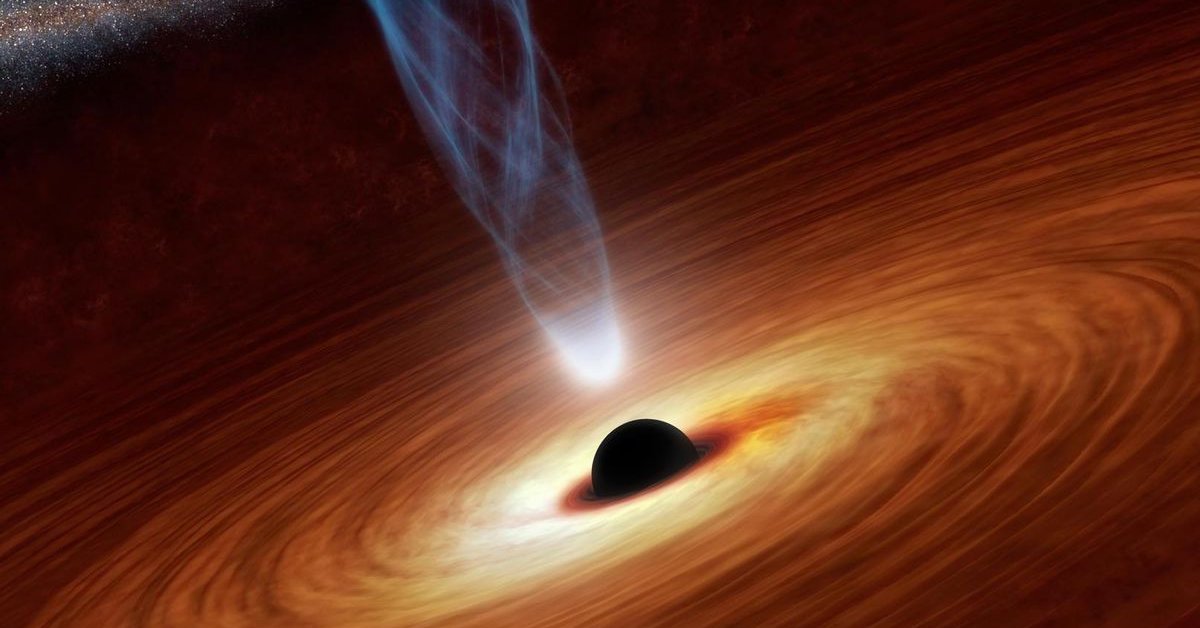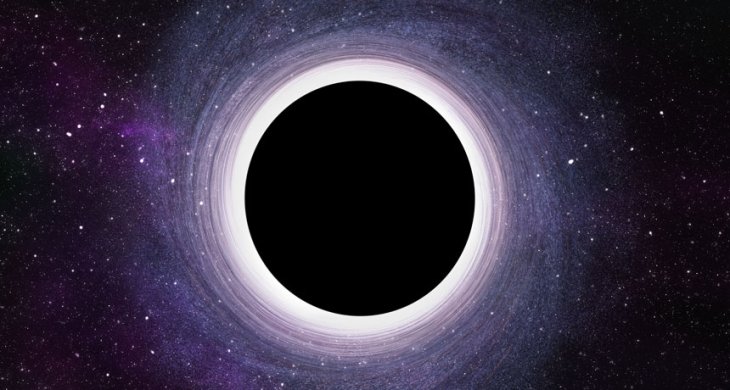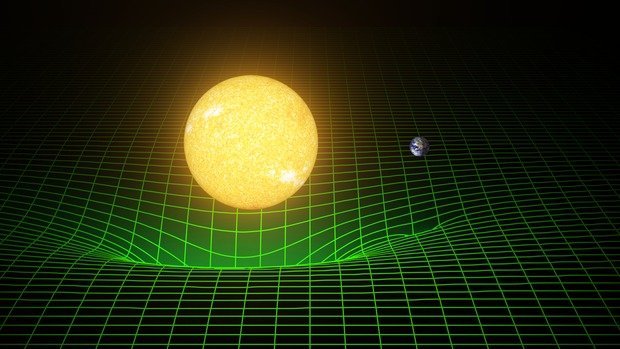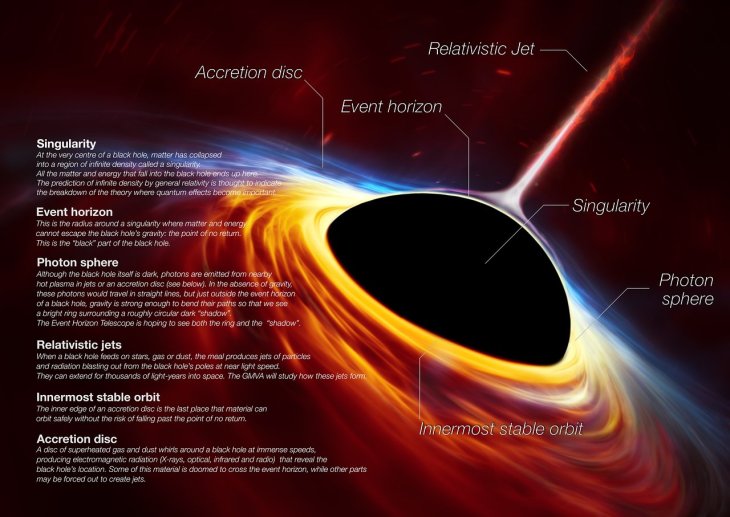Black Holes Photos First Captured By Astronomers: Why They Matter
Arnav Dhar - Apr 10, 2019

The first time in history, a group of scientists managed to capture the real image of black holes
- The First Space Hotel In The World Will Welcome 400 Guests
- Startup Builds Vehicle With Soviets Tech To Collect Space Garbage
- World's First Space Hotel To Begin Construction In 2025 With Rooms For 400 Guests
Scientists and researchers in the last century such as Einstein and many others are not the only ones intrigued by black holes, we who love to watch sci-fi movies all love and want to know more about it. Its attractiveness merely is as enormous as its gravity. After a long time of having only imaginations and theories to describe it, we have never truly seen one as is.
But that changed forever this Wednesday since the first image of Messier 87 galaxy's black hole was revealed thanks to the effort of astronomers and the help of Event Horizon Telescope (EHT), a group of 8 telescopes around our planet.
In case you are wondering what's wrong with all the black hole pictures you have seen your whole life, here's the answer: They are not real. All of them are the illustration of what we imagine combined with what the theories and data pointed out and were partly made up by artists. The light curves around a black hole you usually see in these pictures are based on the lightwave data around the event horizons recorded by telescopes.

Illustration picture of a black hole
So we haven't technically captured the real images of black holes yet. We know they are there, we can prove that they exist, yet we can't see them. It's like before the historic flight of Gagarin; it had been shown that the Earth is a globe yet humankind hadn't seen it with our eyes. And to accomplish this historic task of really capturing a black hole's image, it required an enormous effort and level of engineering altogether.
How They Made It
As mentioned before, the task wouldn't be done without the help of EHT. This system consists of many different telescopes distributed around the Earth to create a very-long-baseline interferometer or VLBI, which is common in radio astronomy. It is used to combine the power of many different radio telescopes to have a greater reach.
These radio telescopes around the Earth together make our planet an observatory. That's why it is powerful enough to capture the image of something as far as 26 thousand lightyears (Sagittarius A black hole) and more than 53 million lightyears (Messier 87 black hole). Keep in mind that these beings are millions of times bigger than our sun. For a better understanding of how difficult it is, Smithsonian Astrophysical Observatory made a handy video to show us the process, in which they compare capturing the images of said black holes is like trying to take a picture of a golf ball's dimples in L.A while you are in NYC.
The EHT system collects massive information from 8 individual telescopes spreading from North America, South America, to Europe, and Antartica then uses a powerful supercomputer to stack up all of that information to form the final photo.
The photo we are expecting is formed by information collected in 2017. It takes years to process these data simply because while the processing ability is enough to deal with the task, the wireless connection is not able to transmit Petabytes-sized of information through thousands of kilometers. As a result, they had to use hard disks to store each telescope's information then gather them in a final center for processing.
That's why the black hole pictures are a breakthrough in our journey to explore the vast universe.
New potentials for physics theories
The real image of a black hole, once visible, will be either the latest proof or disproof for Einstein's gravity theory. According to Einstein, space and time can be bent by gravity, as shown by the picture below, in which space-time is illustrated as a flexible sheet.

Space and time can be bent by gravity
And the larger the mass of a being is, the more warped space-time around it will be. When a massive star is collapsed by its center gravity, it turns into a super dense being with a super powerful pull force on everything around it.
The point of which the density is crazily massive is called a "singularity," which locates in the black hole's center. It is so massive and heavy that its gravitational pull does not only bend space and time but also suck in light - the fastest thing in the universe. As a result, anything inside the event horizon including light can't escape and leads to a massive dark area called "black hole."

What makes up a black hole
Many visible proofs for Einstein's theory were carried out lately, such as the observed gravitational wave back in 2017. The thing is, while his argument still holds up in terms of more significant objects such as planets or stars, it doesn't work in case of quantum physics, which studies the laws and principles of subatomic articles world. This leads to one of the most significant problems of theoretical physics, namely the unification of gravity and quantum physics.
And maybe, with this first-ever world of a black hole, we can strive nearer to the ultimate answer for that problem.
Featured Stories

Features - Jul 01, 2025
What Are The Fastest Passenger Vehicles Ever Created?

Features - Jun 25, 2025
Japan Hydrogen Breakthrough: Scientists Crack the Clean Energy Code with...

ICT News - Jun 25, 2025
AI Intimidation Tactics: CEOs Turn Flawed Technology Into Employee Fear Machine

Review - Jun 25, 2025
Windows 11 Problems: Is Microsoft's "Best" OS Actually Getting Worse?

Features - Jun 22, 2025
Telegram Founder Pavel Durov Plans to Split $14 Billion Fortune Among 106 Children

ICT News - Jun 22, 2025
Neuralink Telepathy Chip Enables Quadriplegic Rob Greiner to Control Games with...

Features - Jun 21, 2025
This Over $100 Bottle Has Nothing But Fresh Air Inside

Features - Jun 18, 2025
Best Mobile VPN Apps for Gaming 2025: Complete Guide

Features - Jun 18, 2025
A Math Formula Tells Us How Long Everything Will Live

Features - Jun 16, 2025
Comments
Sort by Newest | Popular